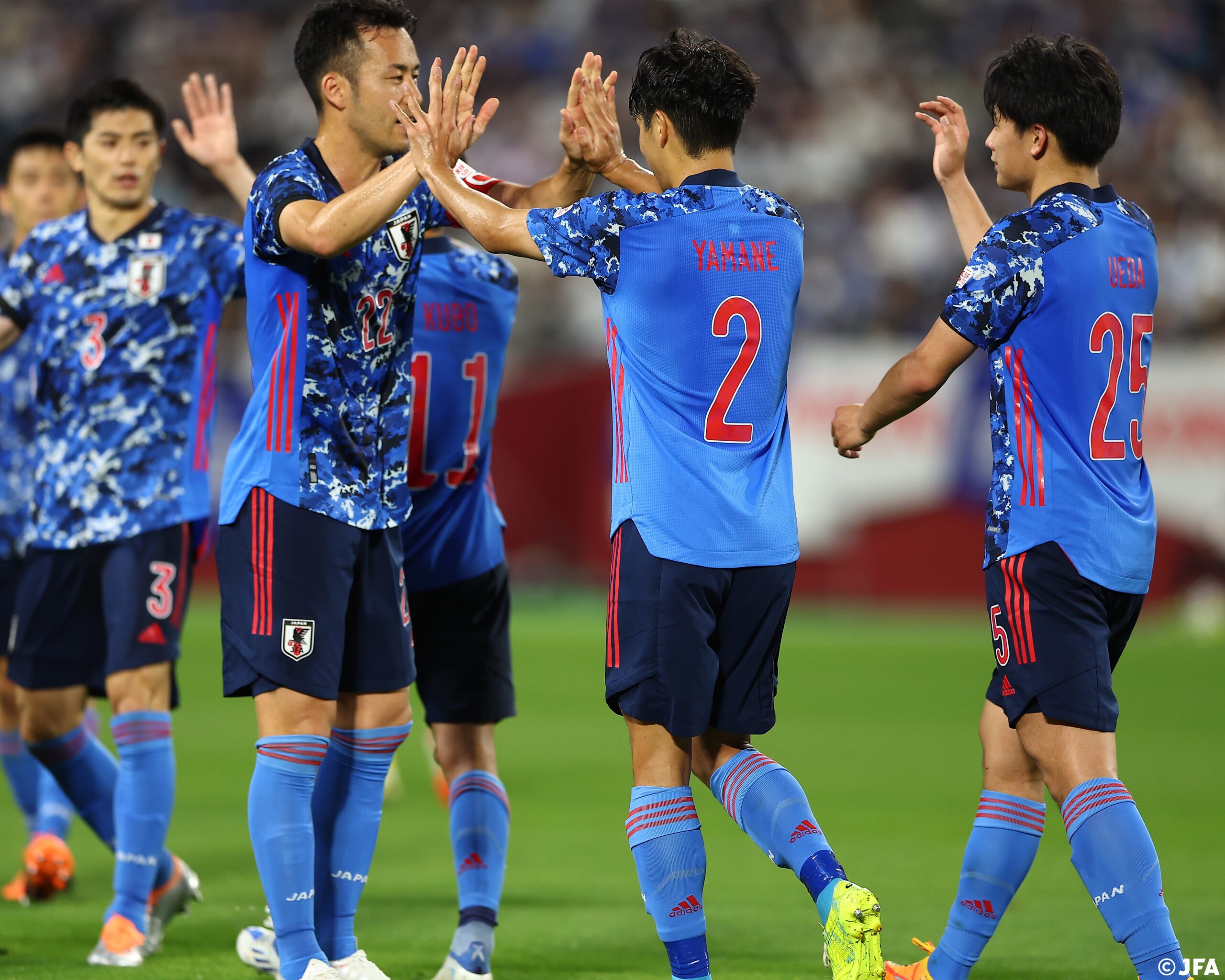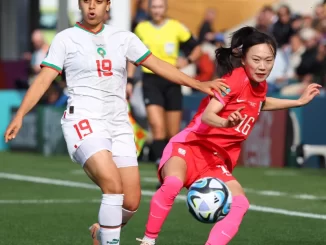
Along with having one of the most unnecessarily complicated names in world football, the EAFF E-1 Football Championships has, in recent years, been relegated to a position as one of the more obscure international tournaments, even on the Asian footballing map.
One of five AFC zonal regions, the East Asian Football Federation arguably serves a greater purpose as a political and voting block than it does in terms of football development.
Spanning a sweeping reach from the remote Mongolian north down to the Pacific dots of Guam and the Northern Mariana Islands, there’s little culturally, linguistically or otherwise to thread the ten member associations together.
Yet together they are and together they gather every couple of years for the EAFF E-1 Football Championships.
On both the men’s and women’s sides it’s basically the same nations that trot out for most tournaments and mostly it’s viewed as a developmental event where nations send younger squads with an eye to the future.
The forthcoming edition, to be held in pretty much the most obscure regions of Japan you could find (in Aichi and Ibaraki prefectures), is no different although, crucially, it comes less than half a year before Japan and Korea will face the global elite in Qatar.
With only one final international window remaining for coaches to trim their squads for the World Cup, the current EAFF Championships then serve as a final stage for fringe members to put their names forward for the flight to Doha in November.
Even with all that in mind, the Japan coach Hajime Moriyasu has rarely been one for experimentation and neither has he tended to pick players in form, especially domestically, so it came as something of a welcome surprise to see the Japan squad that was released this week.
With FIFA expanding the World Cup squads to 26 there’s a real shot for some members of what is an entirely locally-based EAFF squad to really push their claims for Qatar and there’s little question that in recent international matches the so-called ‘B’ team has looked far more vibrant than the established veterans.
Here, The Asian Game takes a look at some of the snubs, the surprise selections and the players to watch at the upcoming regional showpiece.
THE SNUBS: Yohei Takaoka, Ryotaro Tsunoda, Yuma Suzuki
Whilst Moriyasu, rightly, rewarded players who have shone at league leading Yokohama F. Marinos, two others were unfortunate not to have made the cut with ball playing central defender Ryotaro Tsunoda having an outstanding season as part of a solid back four and Yohei Takaoka, for mine, being easily the best keeper in the league, comfortable in his distribution and strong in his work both in the air and on the ground.
The continuing omission of Yuma Suzuki is now clearly a case of some personal squabble between coach and player getting in the way of Japan’s best domestic forward having a chance to show what he can do on the international stage and that’s perhaps something that the JFA need to step in and try and repair.
THE SURPRISES: Takuma Ominami, Kota Mizunuma, Shuto Machino
If there was a genuine ‘bolter’ it’s the 24-year-old defender Takuma Ominami who perhaps gets the nod for his positional versality in being able to cover both a central defensive role as well as a wider station on the right, whilst 32-year winger Kota Mizunuma is also a potentially surprising debutant.
Not even in most experts’ best XI for F.Marinos at the start of the season, he’s been one of the best providers in the J.League this year and unquestionably deserved the call-up, although at his age it’s still a real shock. As is that of someone at the other end of the scale in 22-year-old forward Shuto Machino who has been one of the highlights in a struggling Shonan Bellmare side where he’s scored more than half of his club’s goals this year.
PLAYERS TO WATCH: Takuma Nishimura, Makoto Mitsuta, Yoshinori Muto
Along with the goalkeeping position, Japan’s most glaring issues ahead of the final World Cup squad submission is that of the forward roles where Moriyasu has struggled to find a consistent scorer.
None of this trio are perhaps classic ‘number nines’ but all bring both creativity and goal threat that could be needed in a very tricky World Cup group.
Fit again, Yoshinori Muto has been in strong form since the start of the summer for a Kobe side that has underperformed, whilst Takuma Nishimura has been one of the league’s standout players.
Capable of operating in a box-to-box role, in the hole behind the forwards or leading the line himself he’s one of the more versatile players in this squad.
22-year-old Makoto Mitsuta, in his first season of professional football, has been a consistent threat for Sanfrecce Hiroshima and after starting out as left-sided wingback, has blossomed in a central attacking role where he provides both a consistent scoring and creative threat and he could emerge as one of the stars of this tournament.
Photo: JFA
Listen to Episode 87 of The Asian Game podcast




